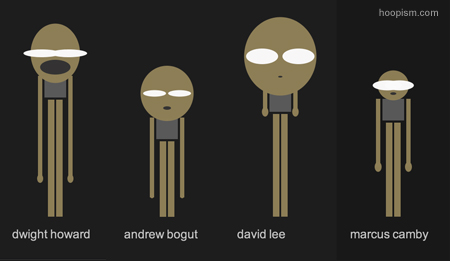Never mind the mainstream
With more and more organizations attempting to internally leverage now widely known and in a way sort of similar Web 2.0 concepts and technologies (Enterprise 2.0), with varying internal goals like increasing employee collaboration, making it easier to locate and connect with widely distributed colleagues, or improving the organizations ability to generate and execute on new ideas for products and services, one can start to get a little numb or even jaded by the technologies and recommendations for the application of Web 2.0 tools at work. How many times have you heard these kinds of statements:
and services, one can start to get a little numb or even jaded by the technologies and recommendations for the application of Web 2.0 tools at work. How many times have you heard these kinds of statements:
Why not start an internal wiki for company policies?
Set up a Yammer network for internal microblogging!
Let's get the CEO to put the quarterly newsletter on a blog!
While these may be great ideas for the organization, and certainly despite what many of us more active in these technologies would care to admit, would still represent massive leaps forward in openness and communication for many organizations, on the surface the tools and the simple, beginning approaches can seem a little repetitive.
There are lots of Enterprise 2.0 tools on the market, but at some level they all seem kind of the same. I know that isn't really true, but still, the sense at least to me is that while in many of these kinds of projects selecting the right kind of technology to solve the specific and pressing need is important, the specific solution selected is probably less important. And for me, a technology person, that can be a little tough to admit. Or at least we are at a point where the secondary or below the top level distinctions between competing solutions now matter, and will likely be the differentiation criteria for selection. When the base technology, say a wiki or an internal blog, is so technically simple, what matters more are things like customer service, integration with existing solutions, longer term product vision, and vendor and solution viability.
It seems not that different to the reasoning that is frequently cited around a more traditional HR Technology solutions say for Performance Management or Succession Planning. Many of the leading solutions are really quite similar once you get a bit below the surface, and often success or failure of these projects is more about whether or not your managers really understand the importance of the process, are trained and rewarded to have regular and ongoing performance conversations and coaching with staff, and finally that they see the value is using a new set of tools to support these processes. If you have those fundamentals right, the specific solution is relatively less important.
Recently the inventor of the term Enterprise 2.0, and one of the leading authorities in the application of technologies to solve business problems, Andrew McAfee observed that for many larger organizations the recognition and the inclination to apply E2.0 technologies and strategies has become mainstream. From even a casual observation of the volume and breadth of articles, white papers, conferences, blogs, and other non-traditional coverage of the E2.0 movement it seems apparent that there is no shortage of attention being spent, technology solutions to choose from, and set of experts both individual and well-established to turn to for help in the E2.0 space.
So if Prof. McAfee is right, and E2.0 is really becoming mainstream that begs a few questions.
1. What's next?
2. More importantly, if you missed the mainstream (the equivalent, I suppose of clinging to your CDs in an iPod world), is it too late?
The worry also about the 'mainstreaming' of a set of technologies is that they will continue on the path towards homogenization, be individually non-distinctive, and leave the typical buyer discounting their importance since 'they are pretty much all the same'. What made the iPod so great was that it was not just a better version of something else (it was), but that it changed the game of buying and consuming music entirely.
So, what's on your iPod this morning?

 Steve
Steve





